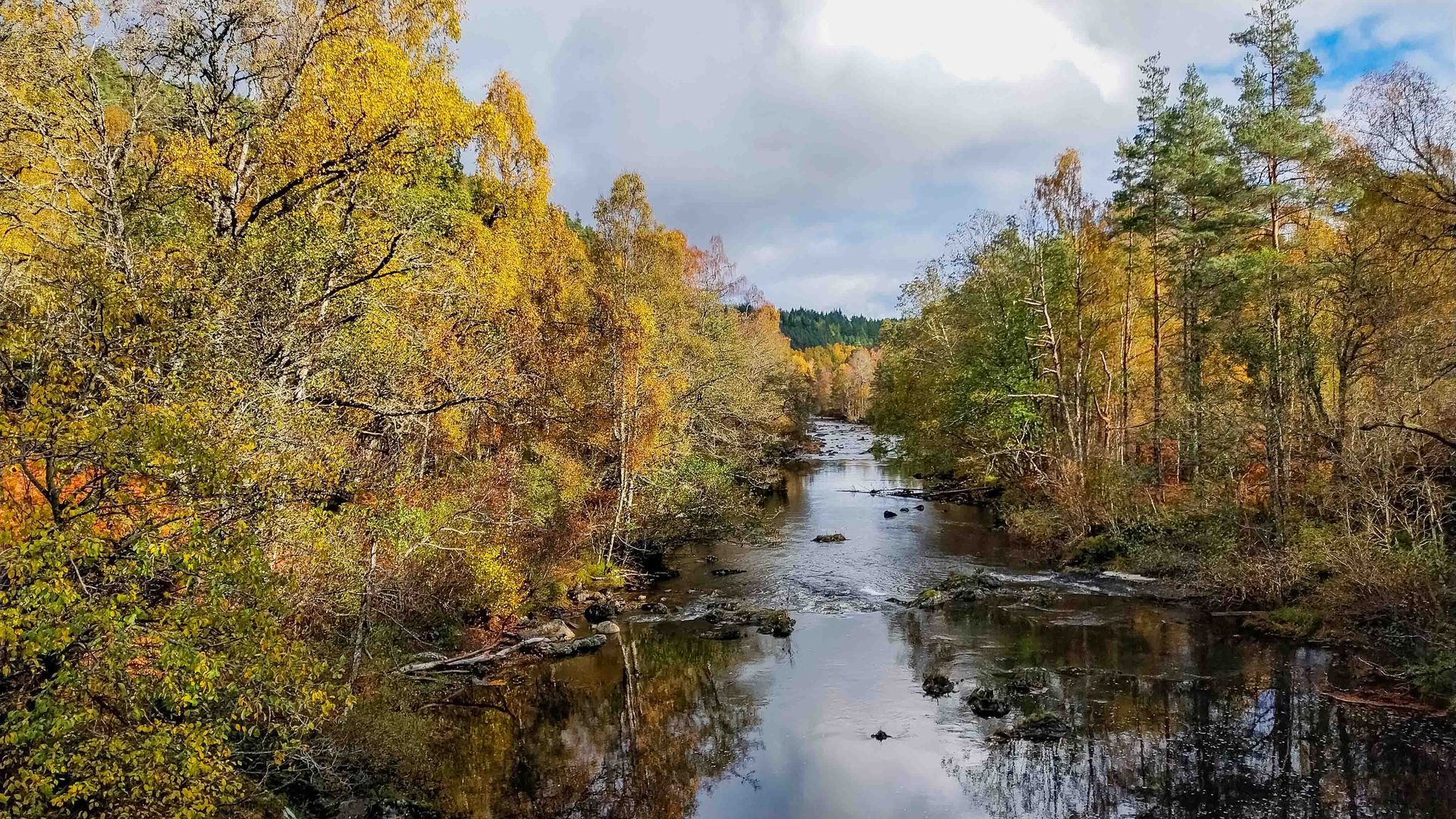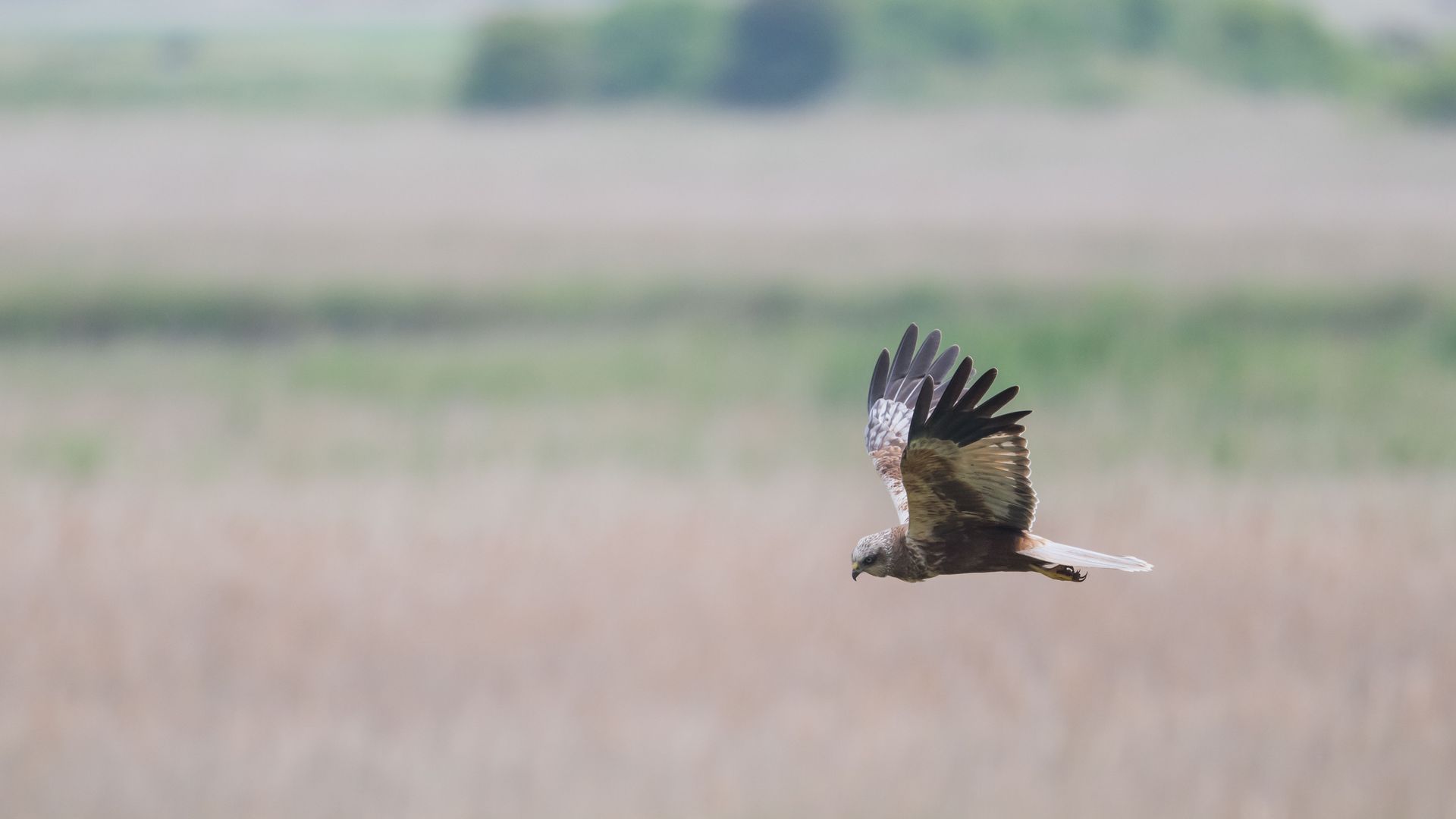Fortuna Bay
SEEING THE KING PENGUINS UP CLOSE
When we reached Fortuna Bay, we had to wait to find out if we'd be able to land. The usual procedure was for one Zodiac boat to be lowered into the water. A member of the crew would go out in it to determine how safe it would be for a landing. When we finally heard the announcement over the tannoy that we would be landing, we were thrilled and eager to go.
There was a gorgeous Antarctic Fur Seal in the water close to where we were disembarking and it seemed quite curious, watching us. It looks like it's winking at us in this photo.
Our first Elephant Seal was a bit gruesome. It was lying on the beach and had clearly been involved in a battle with another male. Its proboscis was badly cut. It wasn't the beachmaster - the name given to the dominant male - but probably a younger one practice fighting with another, preparing for the day it may challenge the dominant male for the right to mate with the females.
Very quickly we started seeing King Penguins coming ashore. They really do walk in lines much of the time, which was quite comical to see!
They would often gather in groups, whether to rest, sleep, preen or generally watch the world go by.
I noticed they often stood still on the hind part of their feet, with the majority of the foot not touching the ground. I'm quite sure this tactic is to keep themselves warm. Since they don't have feathers on their feet, it is wise if as little as possible is touching the cold ground beneath them. It may look like it's sunny and warm, but I'm sure the temperature was no more than 4°C and would have been much colder at night.
King Penguins have such a distinct orange strip on the base of the bill, and also behind the eye and a small patch at the top of its chest. However, I did notice that some of the penguins didn't have such a vibrant orange on the bill, which would suggest a more juvenile penguin that hasn't yet reached full maturity.
It was quite fascinating watching them preen themselves, as other birds do, to keep their feathers in good condition. Sometimes, they would use a foot to scratch their head, which was an impressive balancing act.
We were so lucky with the weather as it was lovely and sunny. The colour of the water was beautiful and the light on the penguins was fabulous. Bob and I particularly enjoyed photographing this pair that looked one way, then the other, then at each other, before moving on.
The landscape was dramatic and beautiful, even though it was stark and cold. It was interesting to see that not all of South Georgia is permanently under the cover of snow year round.
We didn't just see mammals in Fortuna Bay. We spotted a pair of Brown Skuas. One was scrambling up out of a small stream giving a lovely view of its wings, before turning around.
We were pleased to see the endemic South Georgia Pintail a few times: on one of the ponds, flying overhead and also on this hilly mound at the back of the beach.
Whilst many of the group stayed on the lower ground to see the King Penguins up close, Bob and I ventured up onto higher ground first. It was a bit steeper and more challenging, but it was lovely having a different perspective looking down. We were still able to benefit from the last of the afternoon light. But, the penguins below us were already standing in the shadow of the mountains that towered behind us.
We then back tracked down to where there were lots of King Penguin chicks - large bundles of brown fluff! It was quite noisy. They were clearly hungry and waiting for one of their parents to return to feed them.
The crew members had set up a path of red way markers for us to follow, to keep us a safe distance from the wildlife. Only, the wildlife didn't always take heed of them. Some of the chicks were quite inquisitive and would walk up towards us. Thankfully, they didn't seem scared or stressed. They simply seemed curious.
Hungry chicks would often call out to any adult passing, and open their bill as if asking, 'Feed me!' However, whenever I witnessed this, it clearly wasn't their parent. Mostly, their calls, open beak and pleading eyes were ignored. Sometimes, a passing adult being accosted by a chick became quite aggressive with the youngster and would peck at it.
The chicks were obviously just trying their luck, because only their parent would feed them. With so many chicks on the beach, it's amazing to think that the parent finds its offspring at all. However, each penguin has their own unique individual call and can recognise the call of their chick!
It was possible to see juvenile penguins at different stages of their development. Whilst there were many brown chicks, there were also older ones who were already moulting into their adult plumage. It was fascinating to see them half and half. Once more, you can see how both these youngsters have a slightly reddish tinge to their lower beak, as they've not yet fully matured.
With the light fast disappearing, Bob and I began a slow amble back towards our landing point. We passed more penguins preening or simply resting with their heads tucked down.
Whilst others went for the horozontal approach!
There were quite a few more of the Antarctic Fur Seals in the rocky area closer to our landing site. Some pups were seen play fighting in amongst the tussock grasses.
We then spotted this penguin really struggling to walk. From the colouration of the bill, it looks like a juvenile that has probably only just matured. It's entirely possible it isn't used to walking yet with what looks like a belly full of fish. It staggered for a few paces and then fell down. This happened repeatedly. At first, it was a bit concerning, but it seemed to manage and we were later reassured by one of the crew members that it wasn't likely to be ill.
We passed another group of penguins returning from the water. You can see that some of them have been more successful fishing than others. The one leading the group certainly has a good belly full!
Just before we left Fortuna Bay, the last of the light was shining on the mountains in the distance and reflecting beautifully in a pool of water. I was pleased to capture this last image.
We might not have seen the vast numbers of King Penguins we could have seen at Salisbury Plain, but, we'd had some lovely close encounters and gorgeous light. Bob and I left very happy having thoroughly enjoyed our afternoon. The bad weather that was ahead of us, seemed to be leaving some lovely weather in its wake. I remained hopeful that we would have more landings in South Georgia and more amazing wildlife encounters.
Next post in the series: South Georgia Day 2
To see a smaller selection of my favourite photos from the holiday, click here.



